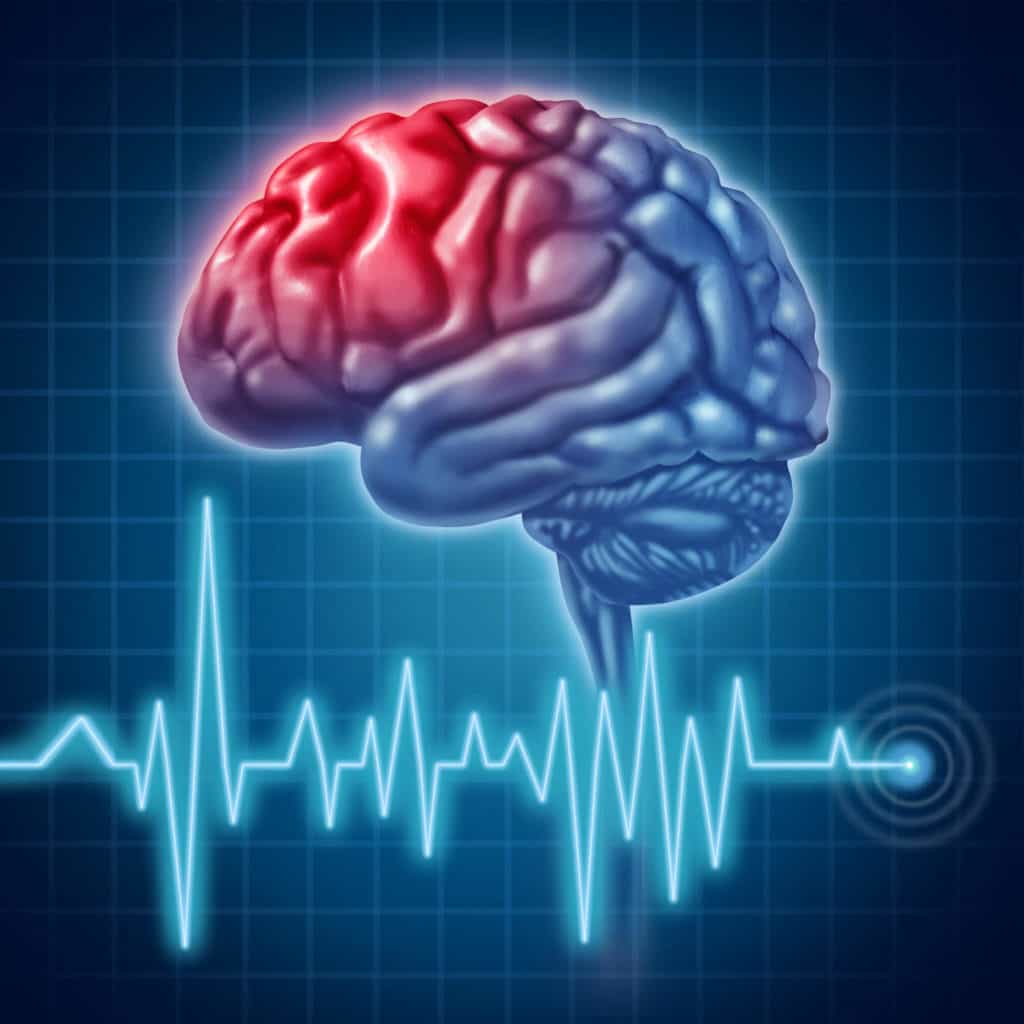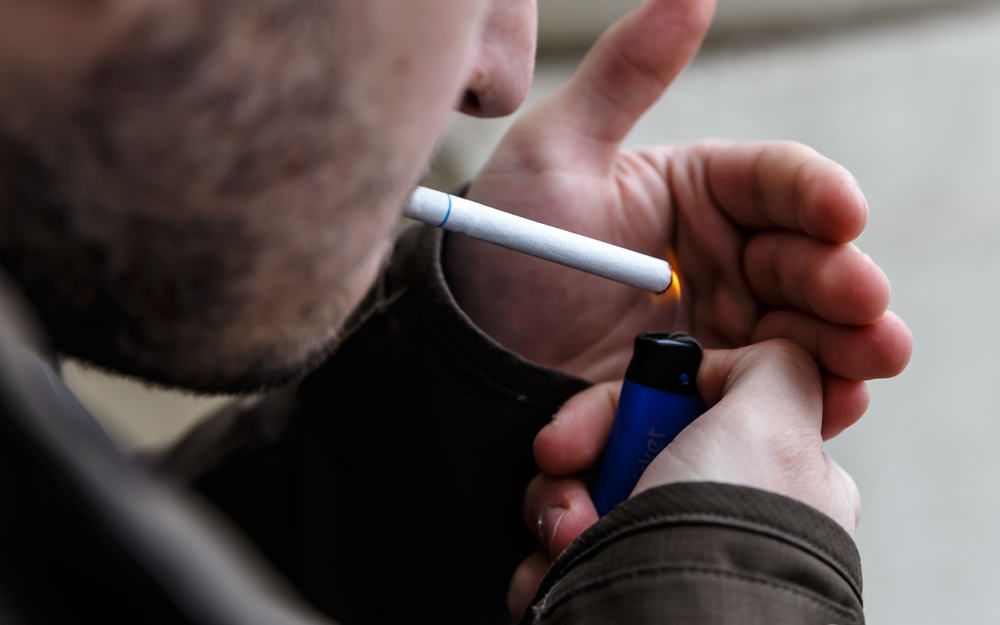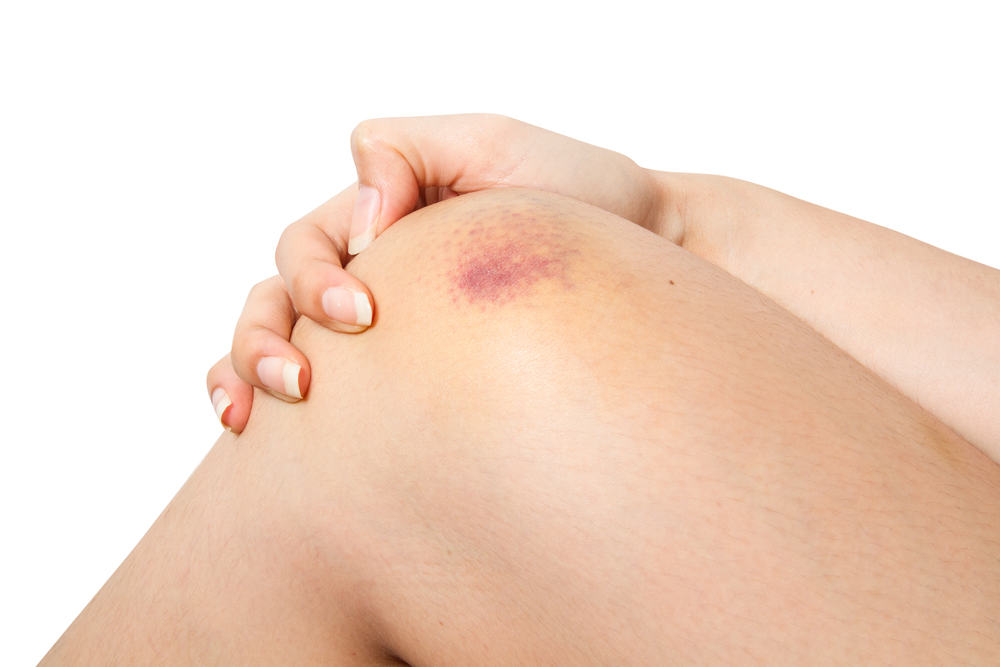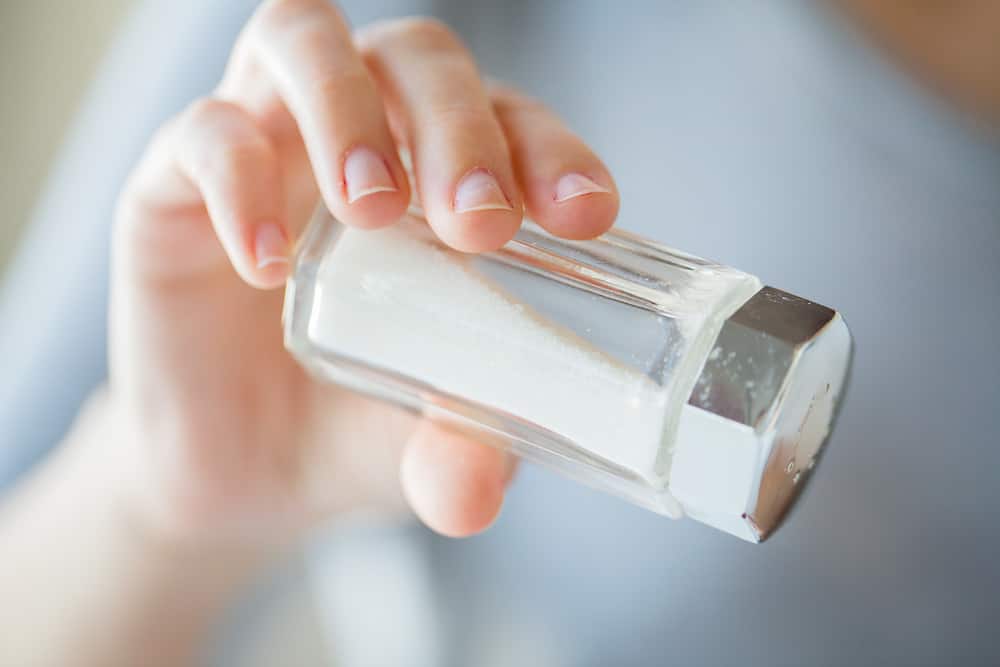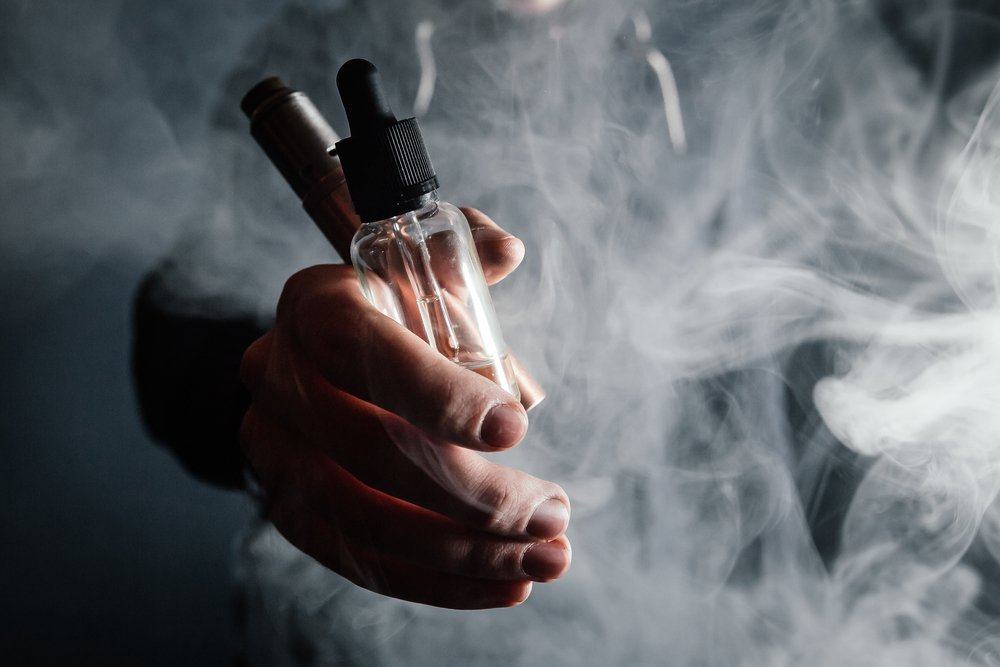Contents:
- Medical Video: Hemorrhagic Stroke (Brain Hemorrhage)
- Brain cells create toxins
- Inflammation
- Excess calcium
- Sodium imbalance
- Free radical formation
- PH imbalance
- What are the initial treatments for stroke patients?
Medical Video: Hemorrhagic Stroke (Brain Hemorrhage)
Stroke is a disease caused by a breakdown of blood supply to the brain. Stroke can occur very quickly and cause rapid damage too. Therefore, it is very important to act quickly and get emergency care as soon as possible after having symptoms of a stroke.
Why strokes can cause rapid damage to the brain and why can delaying medical treatment be a big problem? The reason is that the brain will immediately experience immediate damage when the tissue in the brain does not get enough blood.
What actually happens to the brain? Scientists have been researching strokes for years and are able to identify several things that happen to the brain during a stroke.
Brain cells create toxins
When brain cells don't get enough blood, these cells will secrete an enzyme. Enzymes that penetrate out of these brain cells can be strong poisons when levels are excessive. This shows that it is actually brain cells that destroy their own tissue and cause permanent damage.
There are several steps to newer treatments that are still in the experimental stage aimed at reducing chemical toxicity in cases of stroke.
Inflammation
Inflammation shows that the body is trying to fight an infection or repair something. When poisons attack the brain, the brain naturally tries to improve itself. However, the brain's efforts to recover actually produce an excessive inflammatory response that actually makes the brain tissue flooded with white blood cells (cell infections) as well as other fluids.
Of course this will cause swelling and a lot of damage that spreads to the area around the brain. This swelling is called edema. If you or a loved one has a stroke and edema, this is the body's best effort in healing itself. However, sometimes the body's attempt to recover is too strong.
Edema due to stroke should get extra attention which involves carefully monitoring the amount of brain fluid to avoid getting worse swelling and trying to reverse the process.
Excess calcium
After the brain has suffered considerable damage, calcium as an important component in the body can also leak and enter brain tissue. This is caused by oxygen in the blood giving energy to the body to maintain a certain amount of calcium to remain in each cell. When blood flow is blocked, even the oxygen supply will not be enough, so that the calcium level becomes unbalanced. Brain cells cannot accommodate large amounts of calcium which results in a shock response.
One of the ways to deal with an emergency stroke is to balance mineral levels such as calcium.
Sodium imbalance
Sodium, like calcium, is an important mineral for maintaining normal brain function. Sodium comes from kitchen salt. When a stroke occurs, there will be a sodium imbalance that triggers a series of events that change brain cells dramatically, and the effect is very life-threatening.
As with prevention of calcium, regulating sodium levels is also an important part of stroke treatment in the early stages.
Free radical formation
Free radicals formed by strokes are chemicals that are unstable and can damage surrounding tissue quickly. You may have heard of antioxidants. Antioxidants are a form of natural way to stop the harmful effects of free radicals. There are many drinks, supplements and herbal medicines that are sold with antioxidant content. However, the good news is that the best source of antioxidants actually comes from food, especially fresh fruits and raw vegetables.
PH imbalance
When brain cells don't get enough blood supply, the lack of energy needed will trigger the formation of strong acid molecules that affect the pH of the brain. These acid molecules can harm the brain if there are too many and cause brain injury.
Immediately after a stroke, the team of nurses will carefully manage the pattern of nutrient intake and medical conditions such as diabetes which can disrupt the patient's pH balance.
What are the initial treatments for stroke patients?
Because strokes are caused by a disruption in the blood supply to the brain, sometimes blood thinners are used in the treatment of critical strokes to help with blood supply. However, this effort depends on the type of stroke and its size. Actually blood thinners can cause reverse problems that produce bleeding, and can even be worse, namely the occurrence of hemorrhagic strokes.
Decision making regarding the use of strong blood thinners is very complex and requires help from specialized consultants through remote treatment.

